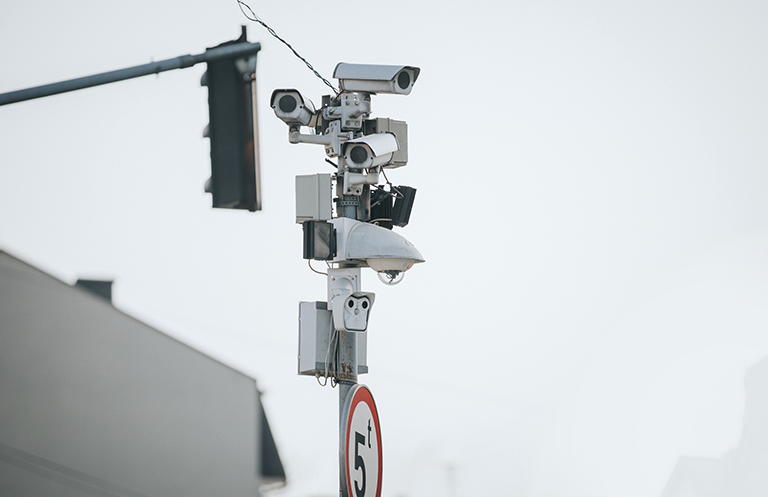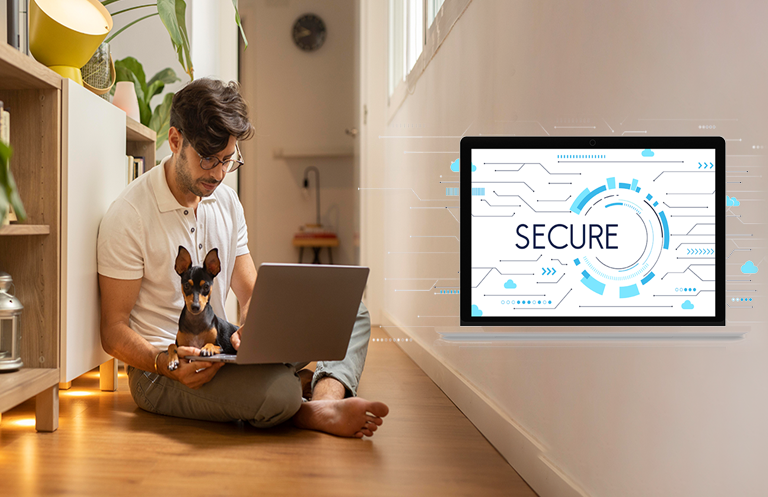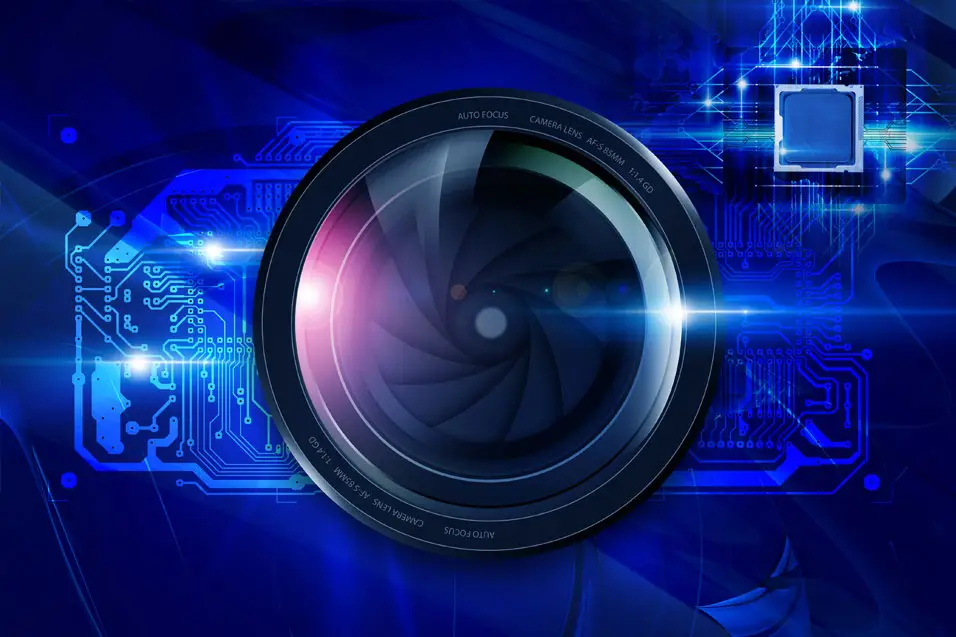With the rising demand for efficient and well-connected hearing aid devices, Markets and Markets has projected the hearing aids market to reach USD 10.2 billion by 2026 with a CAGR of 6.4% from USD 7.5 billion in 2021.
The most common hearing loss is sensorineural hearing loss, caused by the damage of sensory cells in the inner ear. Hearing aids and cochlear implants help in sound amplification and work with the remaining sensory cells to improve the sound quality. A basic hearing aid includes a microphone that captures the sound, amplification circuitry that amplifies it, a loudspeaker that delivers the sound to the inner ear, and batteries to power the device. The types of hearing aids include Behind-The-Ear (BTE), In-The-Ear (ITE), In-The-Canal (ITC), and Completely-In-Canal (CIC) devices.

Sensor integration and wireless connectivity features can now be enabled in the hearing aids, thanks to the miniaturization in the custom Application-Specific Integrated Circuits (ASICs), innovations in audiology, and the advancements in digital technologies. Let us look at how key innovations and digital technologies have enhanced the user experience with improved efficiency, connectivity, and convenience.
Natural sound quality and noise cancellations
Exceptional natural sound quality along with minimum delay is an essential feature for the new-age hearing aid users. When a hearing aid processes the sound, it typically reaches the eardrum later than when the sound is heard directly. For the user, this is an unpleasant experience, and they feel like they are hearing an artificial sound.
Hearing loss occurs due to speech clarity issues and not the volume loss. The traditional analog hearing aids process the sound signals uniformly and are unable to adapt to different noise environments. In the analog hearing aids, noise is also amplified, which becomes very uncomfortable for the users. Now, with the digital hearing aids, it is possible to adapt different noisy environments, perform echo adjustments using echo cancellations, adapt narrow directionality using adaptive directional microphones, and deliver personalized experience.
Additionally, with the voice recognition technology, the users can hear their natural speech sound. The device detects and learns the sound of the users when they speak and processes it separately.
The next generation digital hearing aids filter and cancel various noises such as the background noise, wind noise, whistling, and so on. The digital hearing aid has an adaptive digital microphone that detects the direction of the sound origin and helps to eliminate the background noise.
They also have noise reduction algorithms to improve the SNR (Signal-To-Noise ratio) while talking in noisy environments. For example, when you talk to your friend in a noisy restaurant or a colleague at a crowded metro station or play golf in a windy atmosphere, the improved SNR reduces the noise and amplifies the sound that you want to pay attention to. It can distinguish the sound when someone talks to you.
Connectivity and Mobility
The developers are inspired to integrate the latest wireless technologies in hearing aids by the latest innovations in the audio consumer devices with wireless connectivity, voice recognition, and mobility app integration. The new hearing aid technology enables wireless connectivity using Bluetooth or the Bluetooth Low Energy (BLE) to connect the user’s smartphones, tablets, TV, or speakers. The users can now stream music while working out, connect to a television, phone calls with minimum distortion, and can program the device with the mobile phone application.
Hearing aid designers further enhance the user experience through intuitive iOS and Android mobile applications. The users can change and program their devices using the app, based on the environment they are in. Another advantage is that the users can contact their hearing aid provider and share information. It works as an assistive listening device and routes the phone calls to the hearing aid, converts speech-to-text, translates the text to other languages, and monitors the device battery levels. Using the mobile app’s GPS location, a hearing aid can adjust its settings according to the location if it is a workplace, stadium, restaurant, or any other place.
Automatic Control using AI and NLP
Edge AI will play a significant role in the advancement of hearing aids by processing algorithms at the edge that helps to analyze the user’s surroundings. For example, WIDEX MOMENT™ learns how the user wants to hear the sound by analyzing the surrounding. It identifies the sound from specific people with the voice recognition technology and automatically adjusts the voice level based on the user’s preference and intensity of hearing loss.
Modern hearing aids are now able to switch between various programs such as speech, conversation, or music, without the users having to manually select it. With voice recognition, a hearing aid learns and identifies the frequently connected voices and reduces the user’s efforts to make manual adjustments. With an on-chip deep neural network, Oticon’s intelligent hearing aid is now able to scan and extract the sound element from complicated layers. Further, it identifies and understands the surroundings and makes decisions based on the user’s hearing loss type.
Rechargeable Batteries
One of the bottlenecks in a traditional hearing aid is disposable batteries. The user needs to replace the tiny battery every 3 to 4 days after use. As per the data from leading hearing aid developers, two digital aids for each user consume an average of 300 batteries in a span of three years. Next-gen. hearing aids have rechargeable lithium-ion batteries that can withstand 20-24 hours in a single overnight charge. This is a cost-effective and convenient solution compared to replaceable batteries. It also offers better signal processing, comfortable hearing in complex hearing conditions, and automatic program adjustments.
Hearing aid manufacturers are working on making devices smaller and developing new features to deliver a personalized hearing experience to the users. eInfochips, with its in-depth Silicon-to-Cloud engineering services expertise, is helping medical and consumer device OEMs to develop custom solutions as per changing market needs and user demands. Our extensive audio expertise in audio algorithm porting, voice assistant integration, audio devices test automation, and custom software development has helped global leaders to accelerate their time-to-market and deliver an exceptional user experience. With our strategic partnerships with leading platform providers (Qualcomm and Nvidia), we can have early access to the next-generation AI and edge computing platforms.
Contact our solution experts today for more details on our audio solutions.












